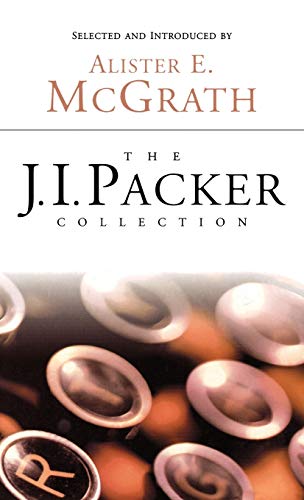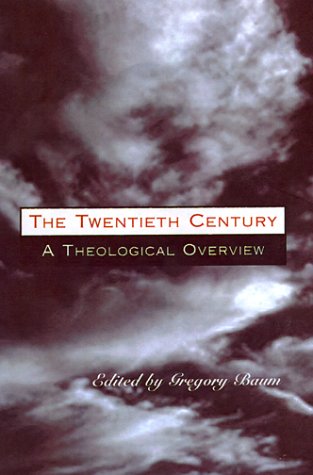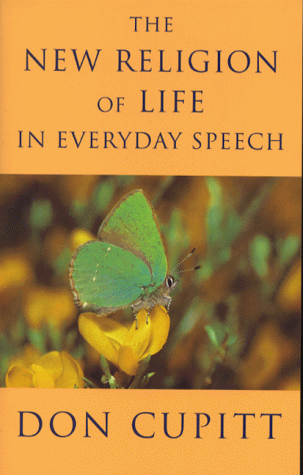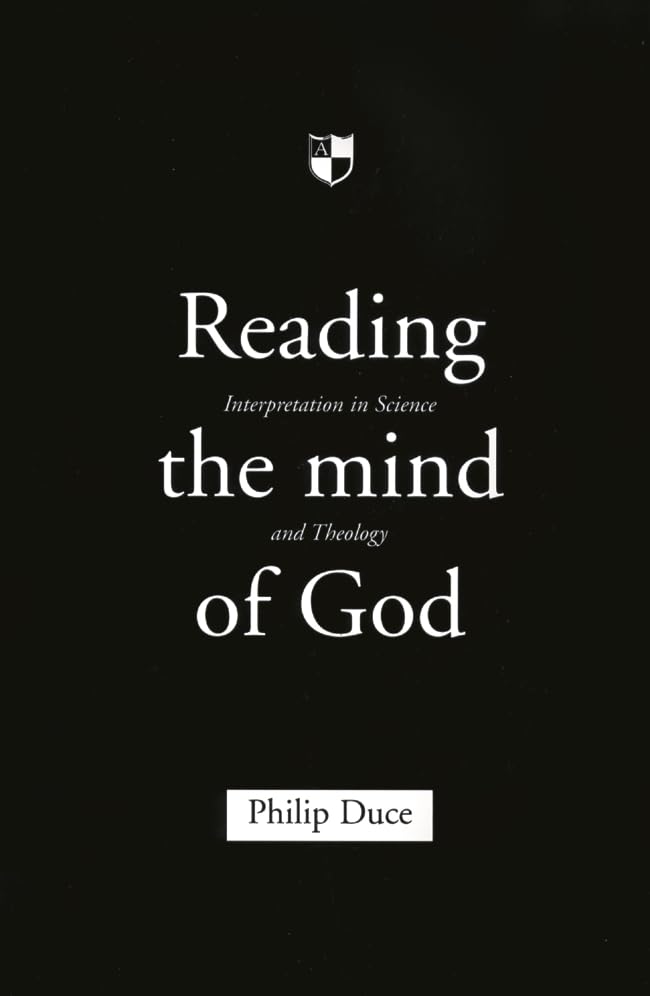Praying the Tradition. The Origin and Use of Tradition in Nehemiah 9 (BZAW 277)
Written by M.J. Boda Reviewed By Wolter RoseThe Old Testament contains a number of prayers embedded in historical narrative: short ones like those of Hannah or Jonah (1 Sam. 2, Jonah 2), and longer ones like those of David, Solomon or Nehemiah (2 Sam. 22, 1 Kgs 8, Neh. 9). It is interesting, not just for academics but for people who pray in general, to explore the origins of these prayers. Were they composed for the particular occasion, or were they pre-existing prayers which were then re-used?
In this book, a revised version of a Cambridge Ph.D., Boda analyses Nehemiah’s prayer in Nehemiah 9. He seeks to delineate the people responsible for the composition of the prayer, and explores the way they used tradition. After an introductory survey of past research, Boda determines the prayer’s Gattung. He places Nehemiah 9 in the centre of the continuum between prose and poetry, and links it with the Penitential Prayer tradition which emerged in the exilic period (with Ezra 9, Neh. 1, Ps. 106 and Dan. 6) as a transformation of the classical Lament Gattung. The second chapter studies both shared and unique elements and vocabulary in these Penitential Prayers.
In the heart of the study, Boda examines the boundaries of the tradition complexes in the prayer and the historiographical patterns used to combine the traditions. Here important decisions are made concerning the boundaries of some tradition complexes on which scholars disagree, notably Exodus-Wilderness and Conquest-Land. He sees the following traditions: Creation (6), Abraham (7–8), Exodus (9–11), Wilderness (12–23), Life in the Land (24–31). These are enveloped by the hymnic introduction (5c–d) and the concluding request (32–37). Boda then applies the tools of traditio-historical research to each tradition complex, and traces their origin and their linking with other traditions. This is done by a detailed analysis of the use elsewhere of words and phrases found in Nehemiah 9.
Boda’s analysis partly confirms earlier investigations: the prayer presupposes the Pentateuch in a form very similar to that known today, and is dominated by Deuteronomistic idiom. But he also uncovers the widespread presence of Priestly and Ezekielian influence both in vocabulary and in the transformation of Deuteronomistic idioms. He acknowledges that the particular use of traditions in Nehemiah 9 leads to praise of Yahweh and confession of sins, but concludes that its agenda is ultimately set by the concluding petition for grace. He argues that the prayer was not composed by the Chronicler, but was incorporated into the literary context of Nehemiah 8–10 and the historical context of Nehemiah 9. Its affinity with the situation described in Haggai and Zechariah 1–8 suggests that the prayer arose in the early Persian period, probably in the earliest part of the restoration period before the appearance of Zerubbabel and Jeshua and the ministry of Haggai and Zechariah.
This study demonstrates the usefulness of a traditio-historical approach to passages which bring together a number of traditions whose sources are accessible to us. What I missed, though this is a minor point, was reflection on the practice of using an existing prayer in a new context rather than making a new prayer. What was the motivation and purpose of Nehemiah (or Hannah, or Jonah) in using an existing prayer at such crucial moments of their life or the life of their people? Having enjoyed this stimulating study, I express the wish that Boda will one day offer us such a reflection.
Wolter Rose
Kampen, The Netherlands







